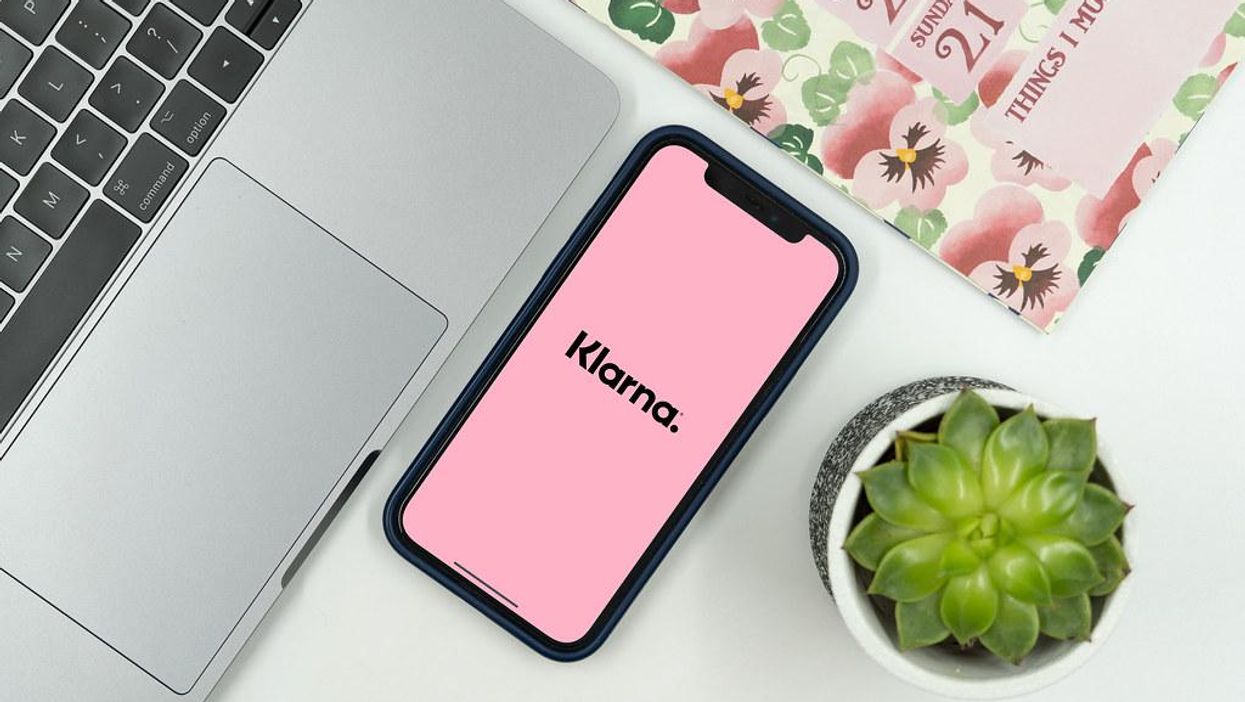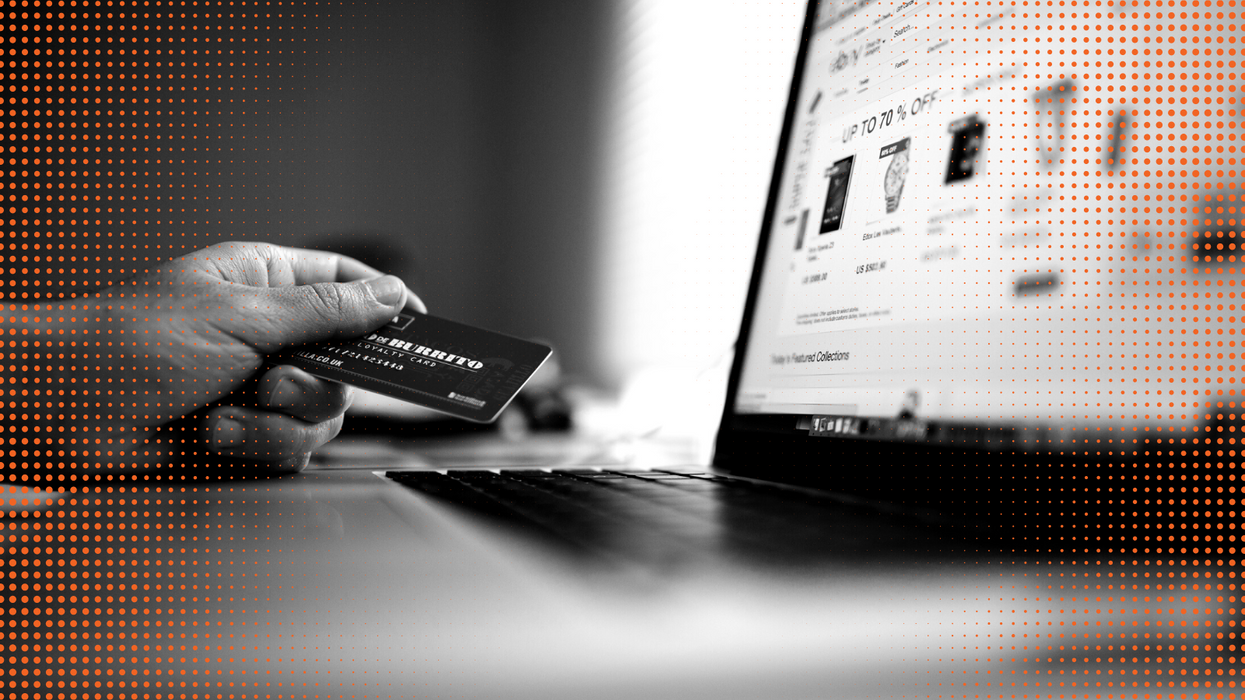Follow the news closely, and it can feel like Buy Now Pay Later is at a crossroads.
The digitally-native method of installment payments grew in the pandemic amid the ecommerce boom. People felt more comfortable shopping online, and in some cases that meant they were willing to make larger purchases. In turn, they sought ways to pay for the purchase over time. Just as layaway plans and credit cards did in earlier eras, BNPL became linked to the shopping experience as a part of the path to purchase, embedded on a checkout page. In this case, the short-term loans provided an accessible solution for a new generation that sought to break away from the fee structures of credit cards.
It allowed for instant gratification, while delaying the exchange of currency that enabled it.
As it becomes more widely adopted, Buy Now Pay Later is at the same time facing scrutiny. As we wrote previously:
The US Consumer Finance Protection Bureau opened an inquiry into the companies over concerns about accumulation of debt, as the government watchdog pointed out that the ability to pay later could lead customers to spend more than they can afford.
All of the BNPL services also hold out that users can incur overdraft fees, and Apple will be among those, as well. A Morning Consult survey found that one-in-three BNPL users overdrafted in January, which was higher than the 15% of the full US population that did. The most bracing portrait to date came from SF Gate, which looked at how GenZers that have embraced BNPL for fashion are now using it for essential purchases, and taking on debt as baskets get larger.
As ecommerce comes off the growth highs of the last two years, the market is facing a retrenchment. There are companies that popularized the approach like Affirm, Klarna, Afterpay, Zip and eventually PayPal. Some are reckoning with a moment of pullback. Klarna recently made layoffs and is cutting its valuation, while Zip merged with Sezzle, another of the early startups that helped to grow the space, in a sign of consolidation.
Yet headlines continue to characterize the growth as "exploding." More players are getting involved, including newcomers with an outsize presence that seem to reshape the market just by talking about their entrance. Apple announced Pay Later at WWDC at the beginning of June, and the industry spent the rest of the month piecing together the details of what the feature would look like when it debuts in iOS 16. The key details are centering on the strategic advantage Apple has by building it into the iPhone and embedding it within the widely-accepted Apple Pay, a straightforward payment plan of four installments and a cap of $1,000. As Protocol pointed out, the point of Pay Later seems to be less about fielding a competitor to other providers, and more about Pay Later helping to grow the Apple ecosystem.
With the pandemic buzz starting to wear off and Apple’s impact still uncertain, it can feel like a disorienting moment for an area of innovation that has already been evolving for more than a decade.
At such times, it can help to zoom out and look at the bigger picture. A release of new data from Insider Intelligence this week was helpful in this respect.
The firm’s new forecast projects that transaction value in the US for BNPL will grow by 77.3% year-over year by the end of 2022, reaching $75.6 billion. Growth is expected to level off in the coming years, but sales are still expected to surpass $100 billion by the end of 2024.
Insider Intelligence’s analysis suggests that this is a moment where BNPL is going mainstream.
“As major retailers like Target and Amazon embrace BNPL, acceptance is becoming more universal—both online and in-store,” Jaime Toplin, senior analyst at Insider Intelligence, said in a statement. “At the same time, major providers like Klarna and Affirm are doubling down on apps that make it easier for customers to use BNPL. And providers continue to move into sectors like travel, letting customers use BNPL for more purchases. These factors are combining to build customer habits and, ultimately, drive spending.”
The examples are there over the last week. With an offer for Affirm, BNPL made an appearance for the first time as a perk offered in the run-up to Amazon Prime Day. Klarna launched a physical card for users to enable in-person shopping alongside ecommerce. Bed Bath & Beyond introduced a Buy Now Pay Later option.
Usage is expected to grow 56% year-over-year in 2022 to 79 million. While it's a leveling off from triple digit user growth, Insider Intelligence expects two milestones in 2022: More than a quarter of the US population will use BNPL, and the number of digital buyers using it will reach one-third.
With more use, average spending in the US this year will jump by 13.5% year-over-year to $957.46 this year, Insider Intelligence predicts. Next year, it will surpass $1,000 next year.
The younger generation that adopted can continue to drive growth, as 55% of users were in GenZ, according to Insider Intelligence. Apple's entrance figures to usher in more growth this fall.
“Apple Pay Later’s September launch could surge use by making BNPL readily available to millions of users on a platform native to the devices they use every day. This access and ease of use creates strong competition for existing titans, though Apple’s lower $1,000 limit may restrict the types of purchases the service is used for. It’s likely we’ll see existing giants continue to ramp up loyalty initiatives in anticipation of the new service’s debut,” Toplin stated.
At the same time, however, the scrutiny BNPL is facing could come to a head.
“Though BNPL is skyrocketing, regulation looms,” Toplin said. “The Consumer Financial Protection Bureau’s recent push to caution consumers and subsequent inquiry into BNPL products could signal rule-making on the horizon. Applying new regulations could slow growth, interrupt seamless processes, and raise costs—but increased transparency could also generate trust among current customers and prospects, while putting a negative news cycle to rest,” Toplin said.
To sort out where one falls in such moments, many technologists look to the Gartner hype cycle, which spells out the stages that accompany innovation from insurgent to mainstream. BNPL seems to be somwhere in the middle. There’s evidence to support that it has gone over the hype cycle's peak of expectations, and headed into the the trough of disillusionment. The entrance of Apple and more uses signal the slope of enlightenment could be ahead, even as it may emerge changed from regulation. The end-state for the cycle is the plateau of productivity, when mainstream adoption sets in. The steady growth forecast by Insider Intelligence in the coming years suggests that could be in view, even if there are a few more peaks and valleys expected along the way.












